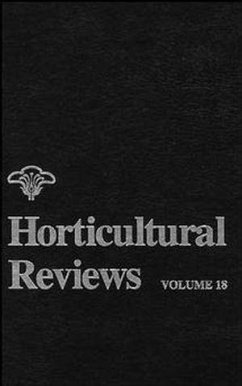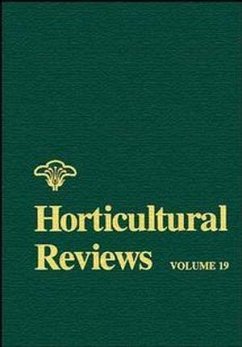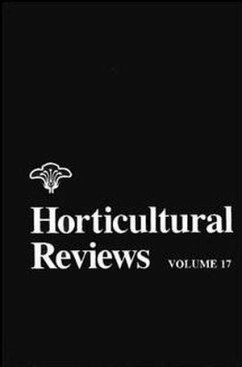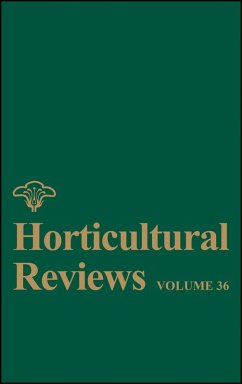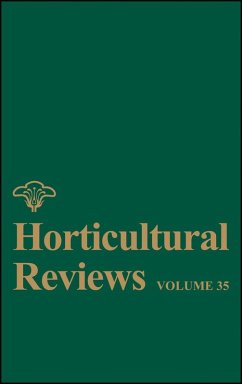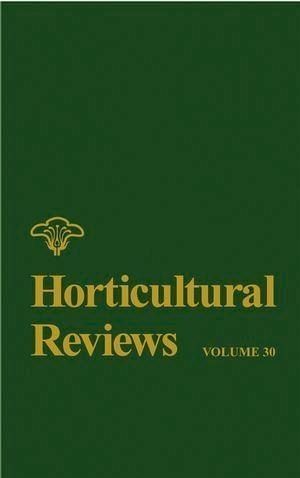
Horticultural Reviews, Volume 30 (eBook, PDF)
Versandkostenfrei!
Sofort per Download lieferbar
314,99 €
inkl. MwSt.
Weitere Ausgaben:

PAYBACK Punkte
0 °P sammeln!
Horticulture Reviews is an open-ended, serial continuation series of review articles on research in commercial horticulture crops. This detailed analysis bridges the gap between the specialized researcher and the broader community of plant scientists.
Dieser Download kann aus rechtlichen Gründen nur mit Rechnungsadresse in A, B, BG, CY, CZ, D, DK, EW, E, FIN, F, GR, HR, H, IRL, I, LT, L, LR, M, NL, PL, P, R, S, SLO, SK ausgeliefert werden.



